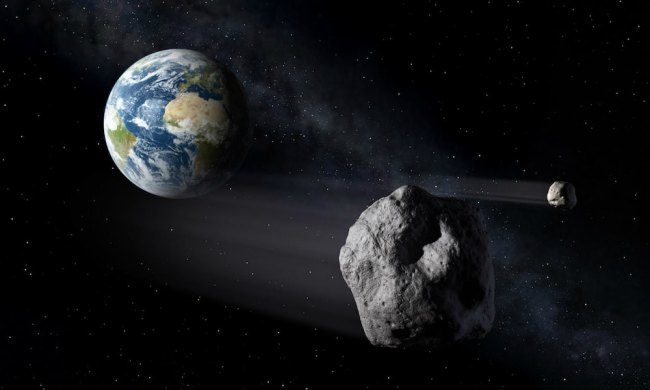A new asteroid impact simulator from creative coder Neal Agarwal is as entertaining as it is terrifying.
Asteroid Launcher does what it says on the tin and lets you launch a space rock at Earth to see the amount of devastation it would cause.
What makes Asteroid Launcher particularly fascinating is that it lets you make various selections such as the asteroid’s size and composition, its speed and impact angle, and the precise point where it strikes Earth. It then lists the effects of the impact in remarkable detail — possibly a bit too much detail for some folks.
Agarwal took the project seriously, too, drawing on scientific papers with various asteroid-related equations to help make his impact data as accurate as possible.
So then what would happen if, for example, a mile-wide iron asteroid traveling at 38,000 mph struck Hollywood, a place more used to depicting disasters than experiencing one?
Well, according to Asteroid Launcher, the strike would be like 346 gigatons of TNT going off, causing a crater 16 miles wide and 2,576 feet deep. Alarmingly, the massive collision would instantly vaporize an estimated 1.65 million people inside the crater zone.
Asteroid Launcher’s data doesn’t stop there, either, as it also helpfully informs us that around 9 million people would perish in the resulting fireball, while some 5 million would die from the shock wave. Wind speeds would peak at more than 10,000 mph and homes within 250 miles would collapse. Oh, and anyone within 110 miles would suffer ruptured eardrums. And although the simulator doesn’t say, expect Hollywood’s movie output to be adversely affected, too.
The simulator says that an impact of this nature occurs on average once every 2.3 million years, so hopefully that’s not coming around in the next couple of weeks … although our descendants may have some concerns about this one.
The good news is that NASA is developing a system that’s designed to knock an approaching space rock off course if it’s deemed a serious threat to Earth, with a test of the technology in September producing promising results.
Agarwal, too, is trying to see the lighter side of a devastating asteroid strike on our planet …
But also don't wear too many layers because it'll be a few thousand degrees pic.twitter.com/9cCfqoilG7
— Neal Agarwal (@nealagarwal) December 5, 2022


